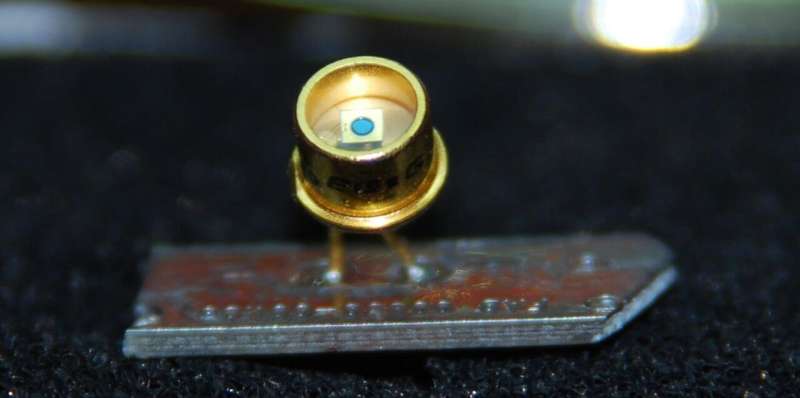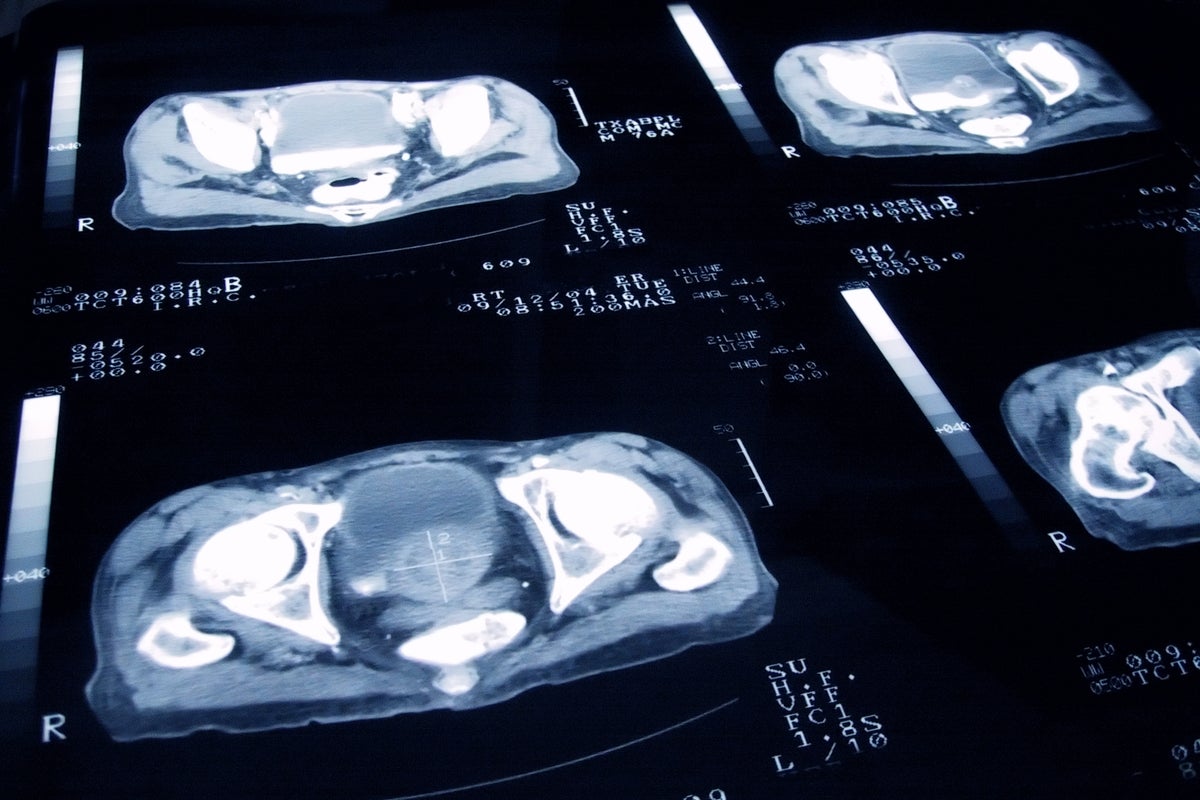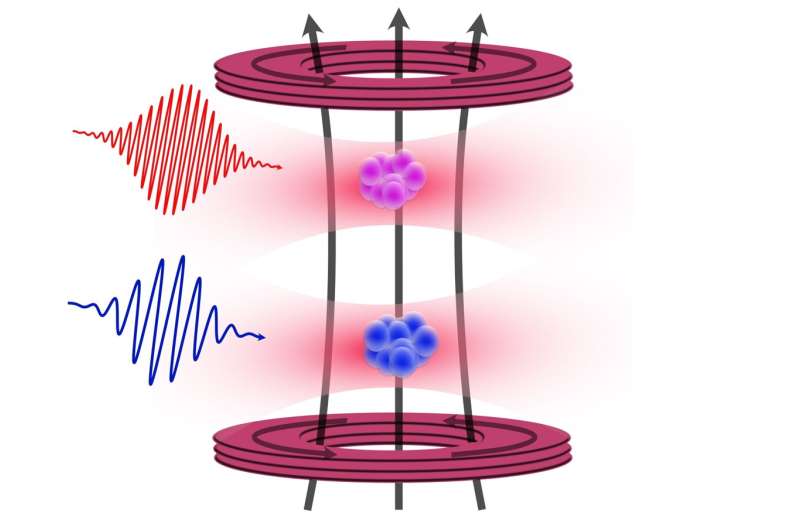Geiger-mode avalanche photodiodes (GM-APDs) are being improved for enhanced sensitivity in detecting ultraviolet (UV) light, specifically in the near-ultraviolet (NUV) range. A recent study led by Dr. Jonathan Schuster from the DEVCOM Army Research Laboratory has introduced a numerical model aimed at optimizing the design of these advanced photodetectors, which can identify single photons.
Avalanche photodiodes operate by absorbing photons to generate electron-hole pairs, a process known as impact ionization. This process becomes self-sustaining when the diode is biased above its breakdown voltage, leading to a detectable electrical pulse. For effective photon detection, especially in the presence of competing mechanisms, the device must excel in two critical areas: maintaining a high quantum efficiency and supporting strong electric fields.
In particular, the study focuses on GM-APDs made from 4H-silicon carbide (4H-SiC), which display high detection efficiency for photons around 280 nanometers. However, capturing photons at higher wavelengths poses challenges, as absorption diminishes. To address this, researchers have explored designs featuring thicker absorber layers, which come with their own set of complications.
New Design Models for Enhanced Performance
Published in the IEEE Journal of Quantum Electronics, the study outlines a calibrated 4H-SiC material library that assists in developing APDs suitable for higher wavelength detection. Dr. Schuster notes, “APDs with much thicker absorber layers (10s of microns) must be utilized to improve the NUV response, which necessitates switching from a conventional PIN architecture (usually less than 3 microns thick) to a separate-absorption charge-multiplication (SACM) architecture.”
The research team utilized the numerical model to design SACM APDs, predicting high single-photon detection efficiency in the NUV range. They evaluated two architectural designs: non-reach-through (NRT) and reach-through (RT). The NRT-SACM design achieved a unity-gain quantum efficiency of up to 32% for photons at 340 nanometers, while the RT-SACM design reached 71% under the same conditions.
Dr. Schuster elaborates on the NRT-SACM design, explaining that optimal doping profiles are crucial. “The profiles must balance two competing mechanisms: maximizing the minority carrier diffusion length in the absorber layer while minimizing the potential barrier at the interface with the charge layer,” he states. For the RT-SACM architecture, modulating the total charge in the charge layer is essential for maintaining a sufficiently strong electric field necessary for Geiger-mode operation.
Implications for Ultraviolet Detection
The advancements in quantum efficiency and design flexibility can significantly expand the application range of GM-APDs in ultraviolet photon detection. These devices are vital for various applications, including solar-blind ultraviolet detection, combustion monitoring, and environmental ultraviolet monitoring.
Moreover, the numerical model developed in this study holds promise for guiding future designs of more sensitive and efficient APDs. The research highlights that current charge layer designs are limited in flexibility regarding layer thickness and doping variations, complicating their fabrication.
As the field of photodetection evolves, the insights from this research could lead to breakthroughs in technology involving GM-APDs, paving the way for enhanced capabilities in detecting ultraviolet light across multiple domains.







